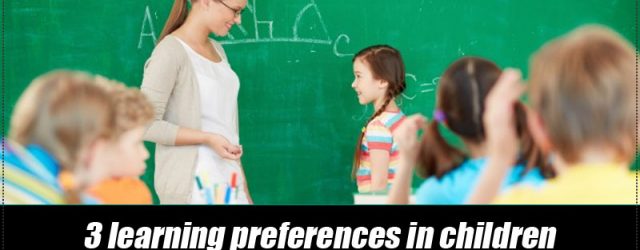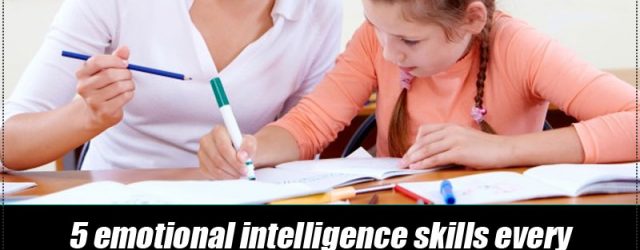Children learn mostly in three ways. They learn by seeing, hearing or moving. Knowing which child is in which category will help the teacher to adapt the learning situation accordingly.
Here are the three categories:
1. Visual learners

These learners learn by watching the teacher, the blackboard and reading textbooks.
They need to sit in front of the class where they will be able to learn the best.
Visual learners prefer colours and patterns. They also learn from graphs and tables.
They learn sport by carefully copying the instructor.
2. Auditory learners

These children learn mostly by what they hear.
They may sit at the back of the class and they do not need to look at the teacher.
They may also keep themselves busy and it may seem that they do not give attention.
These children may be very sensitive to the teacher’s tone of voice.
They will be able to listen to audio learning material.
3. Kinesthetic learners

Some children learn through movement. They need to move constantly while taking in new information.
They prefer touch and want hands-on experiences to integrate new knowledge.
These children will have to sit at the back of the class. Allow them to doodle or play with some clay.
Some teachers find it very difficult to cope with the constant movement of kinesthetic learners.
The downside of this is that these children may get the label of being ADD or ADHD. They need to take some medicine then which help them focus and sit still!
Kinesthetic learners may often be more emotional than other children may, and may talk to themselves.
Teachers need to be aware that children learn in different ways. In a typical lesson, the teacher needs to provide for all three types of learners. Teachers have to be more tolerant of the kinesthetic learners whose movement is normal behaviour for them.




